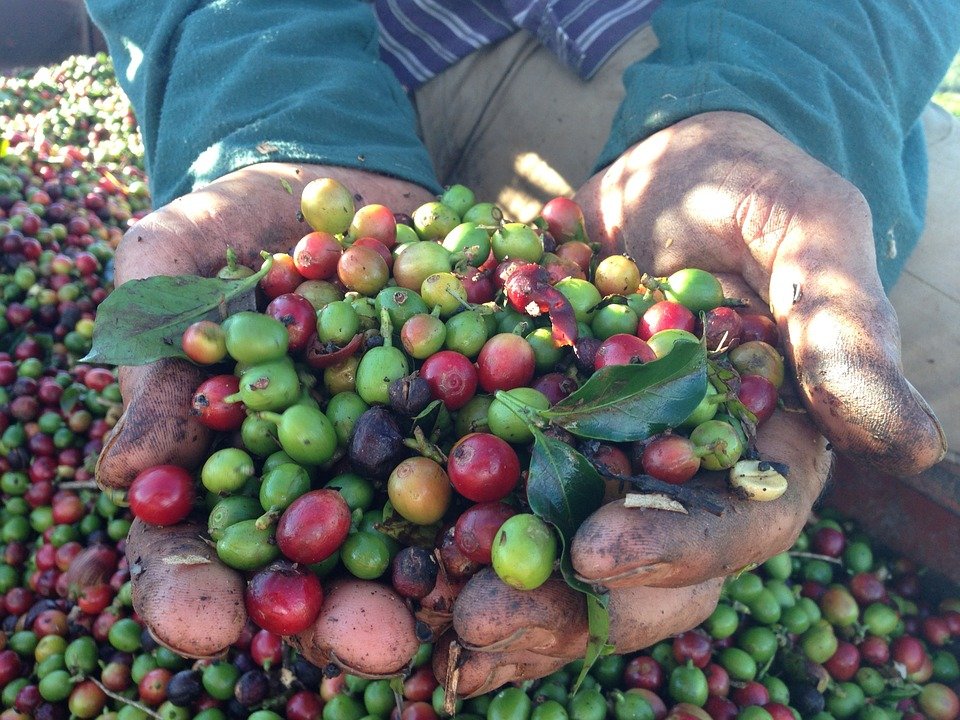
To round off the series on coffee, I will talk about coffee varietals and origin.
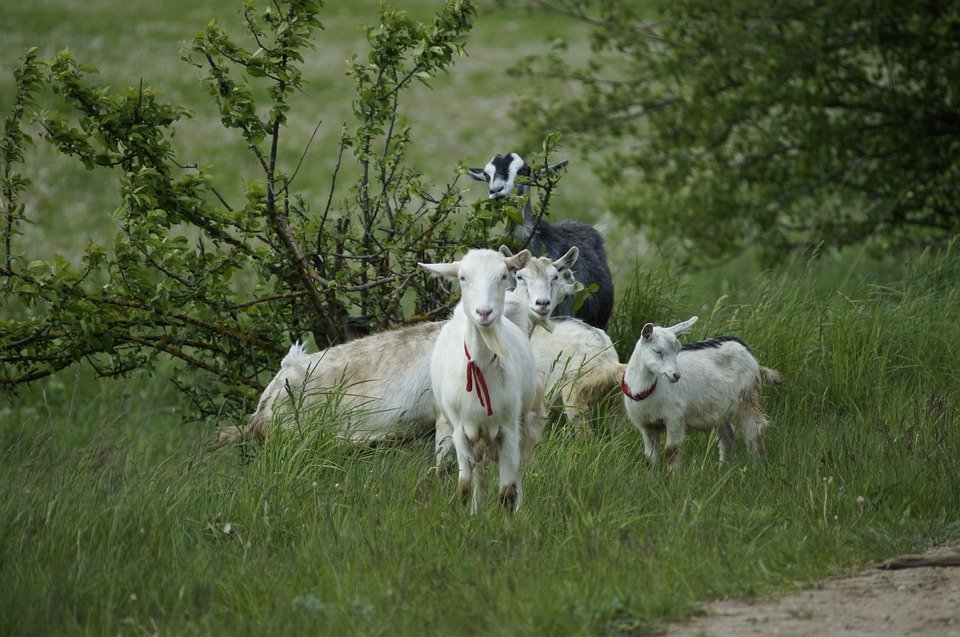
Coffee has probably been around since the 9th century.
There is the popular legend of Kaldi - a goat shepherd observing his goats dancing and exhibiting strangely perky behavior after eating the plant.
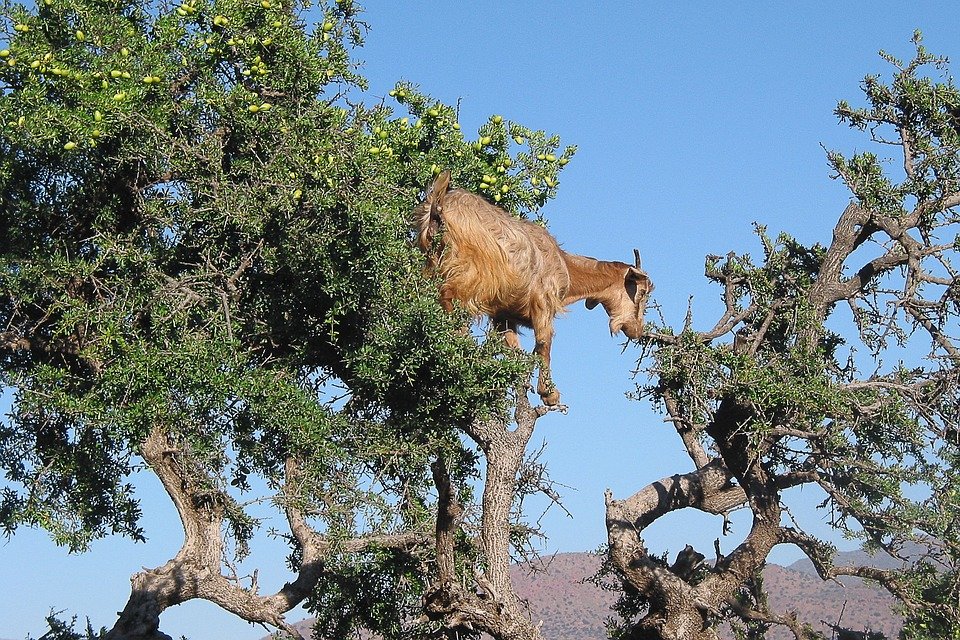
Other tales talk about observing birds behaving with unusual vitality after eating the “Bunn” – the Ethiopian name for a coffee cherry.
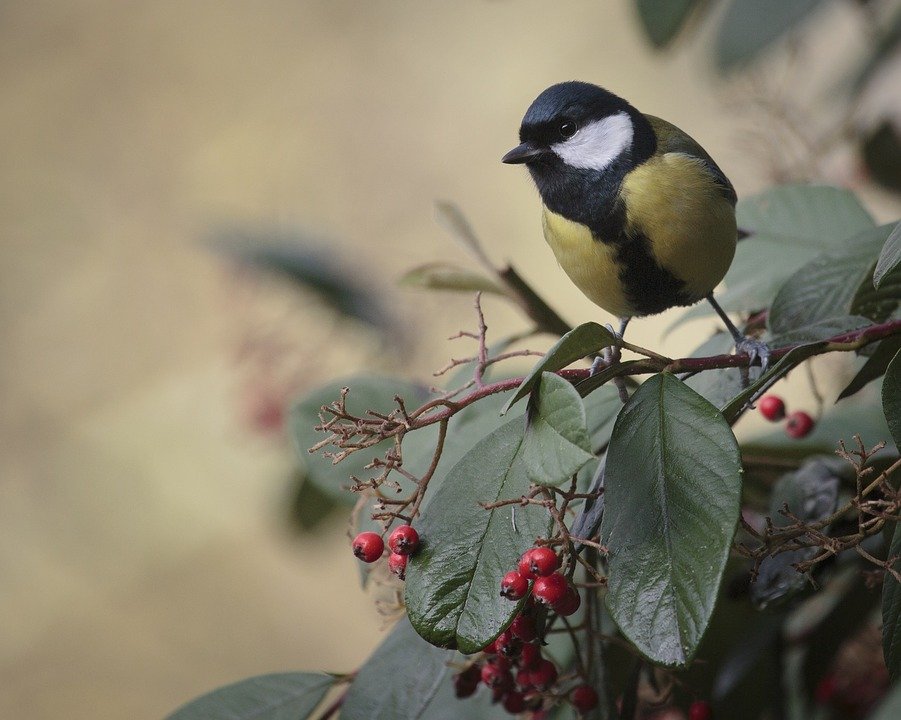
The Ethiopians figured, hey, why let the animals have all the fun, and coffee similar to what we enjoy now was born.
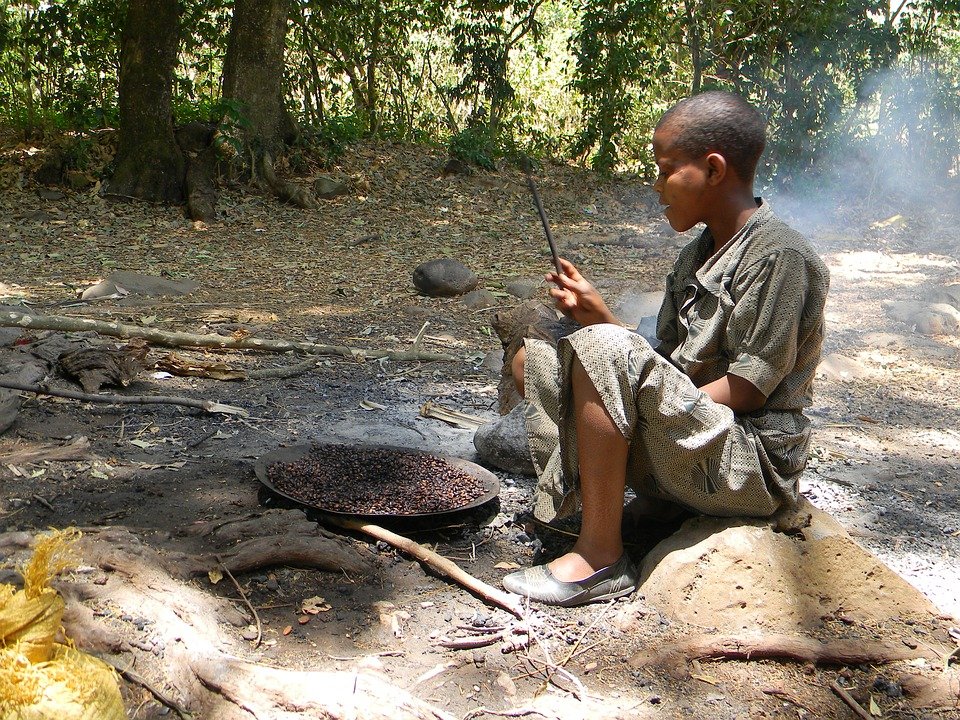
The most widely cultivated species of the coffee plant are called Arabica and Robusta.
Arabica – sweeter, more acidity, most common, oval shape
Robusta – bitter, double the amount of caffeine, much easier to grow, cheaper, rounder shape
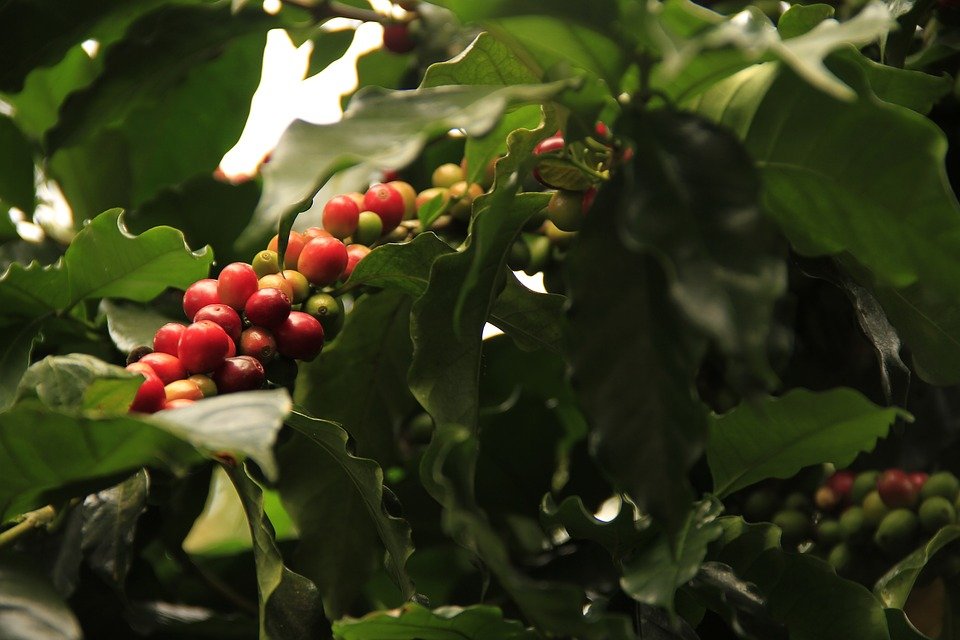
There are many varietals of Arabica. The most common being Bourbon, Typica, Catuai, and Caturra but also including:
Catimor, Colombia, Ethiopian Heirloom, Gesha, Jember, Pacamara, SL28, SL34, Tekisic, Villa Sarchi, Villalobos, Pache comum, Pache colis, Kent, Mundo Novo, Maragogype, Amarello, Blue Mountain, Ethiopian Harar, Ethiopian Yirgacheffe, Hawaiian Kona.

If you’ve ever tried an Ethiopian bean lightly roasted to preserve the sugars and brightness, you may have experienced tastes that can be characterized as blueberry, apricot, burgundy wine, or citrus. More akin to a tea than the carbon black pitch brew served at your local Starbucks.
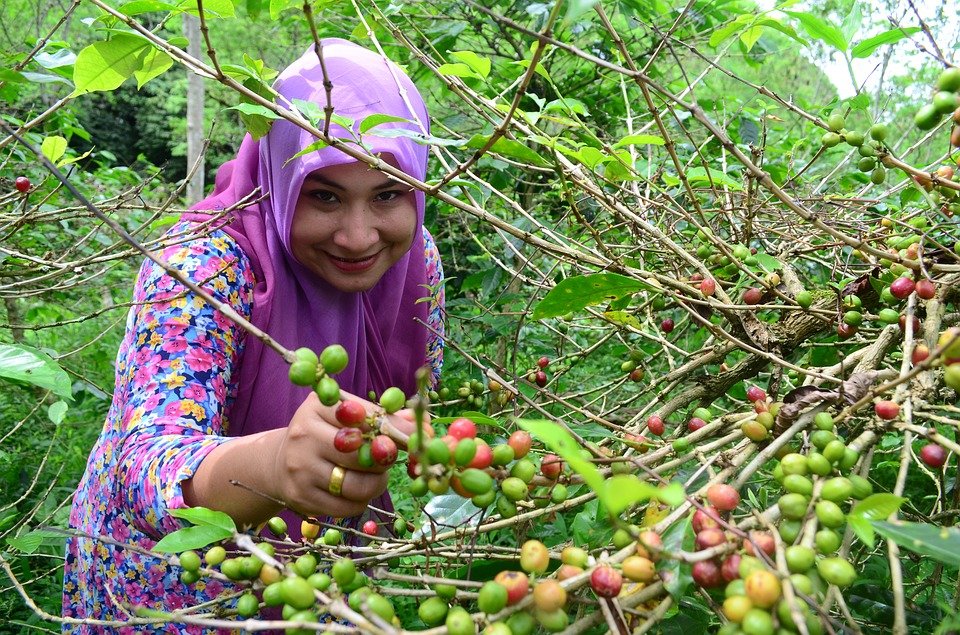
When coffee is made from one varietal, it is referred to as Single Origin.
Although you can enjoy coffee or even espresso as a Single Origin, varietals are often blended to achieve various characteristics such as sweetness, body, acidity, creaminess, mouthfeel, brightness, or fruitiness. In espresso blends, robusta is often added in small quantities to give it that extra bite and crema.
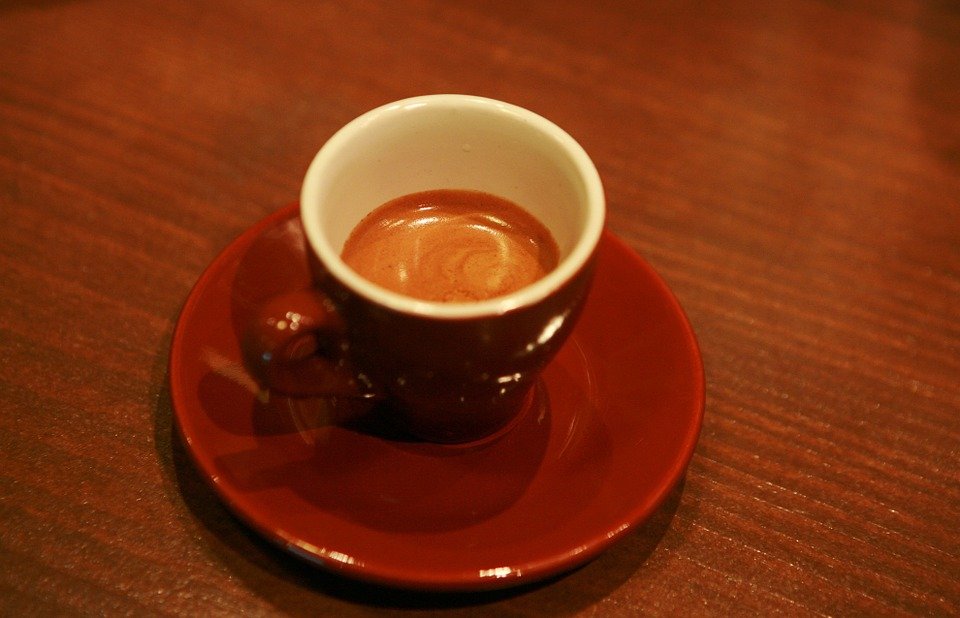
Whether blended for purposes of espresso shots, pour over, or espresso milk drinks, coffee artisans often closely guard the recipes for their proprietary commercial blends, like the recipe for Coca Cola!
Part 1: @justinlaak/why-drink-stale-coffee-part-1
Part 2: @justinlaak/why-drink-stale-coffee-part-2-roasting
Part 3: @justinlaak/why-drink-stale-coffee-part-3-grinding
Part 4: @justinlaak/why-drink-stale-coffee-part-4-brewing
Part 5: @justinlaak/why-drink-stale-coffee-part-5-water
Part 6: @justinlaak/why-drink-stale-coffee-part-6-espresso
